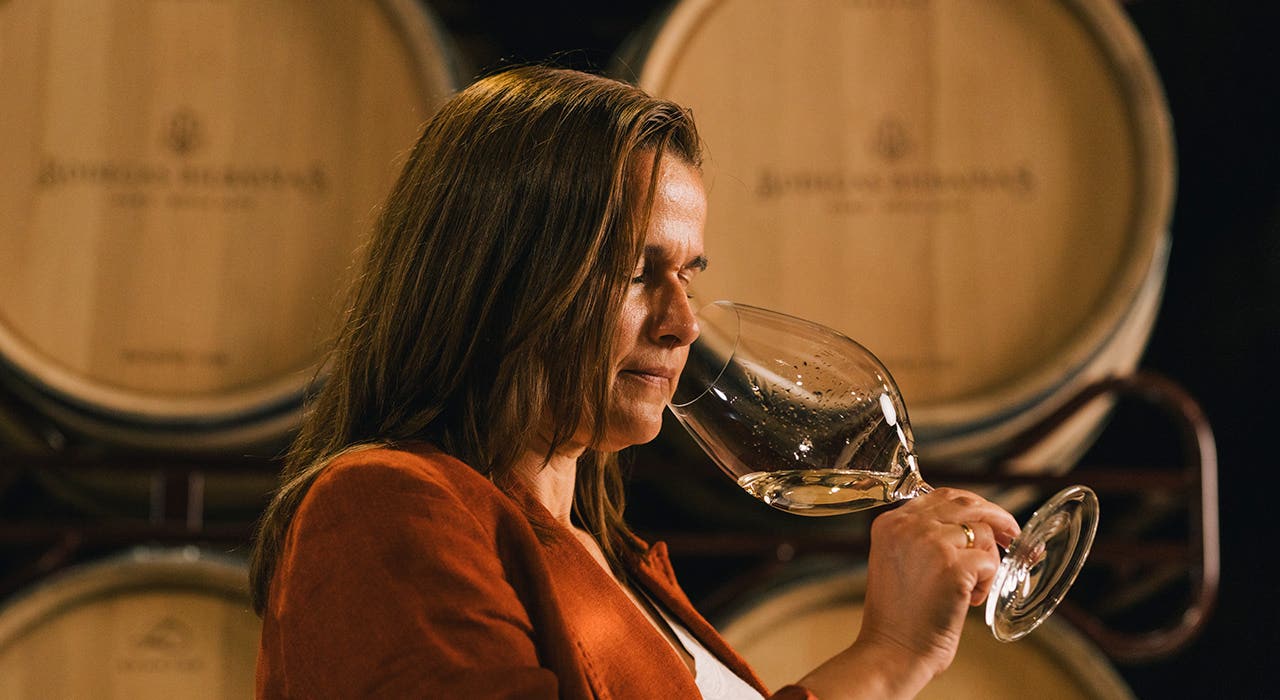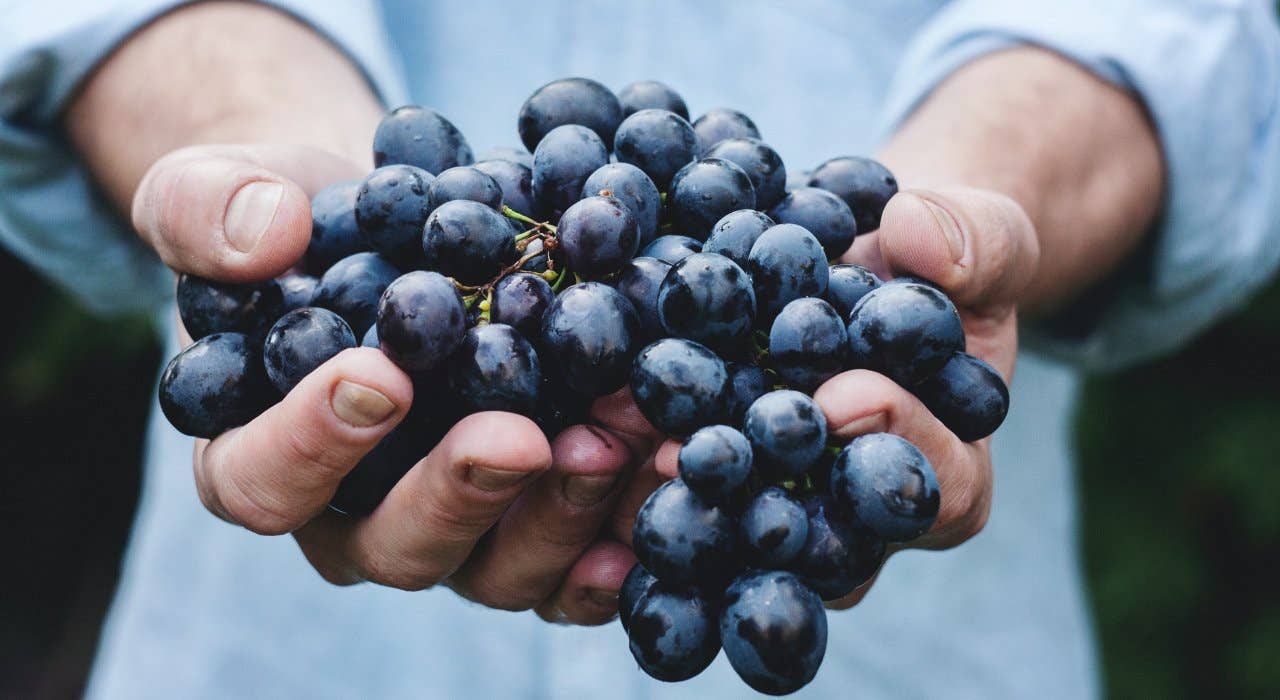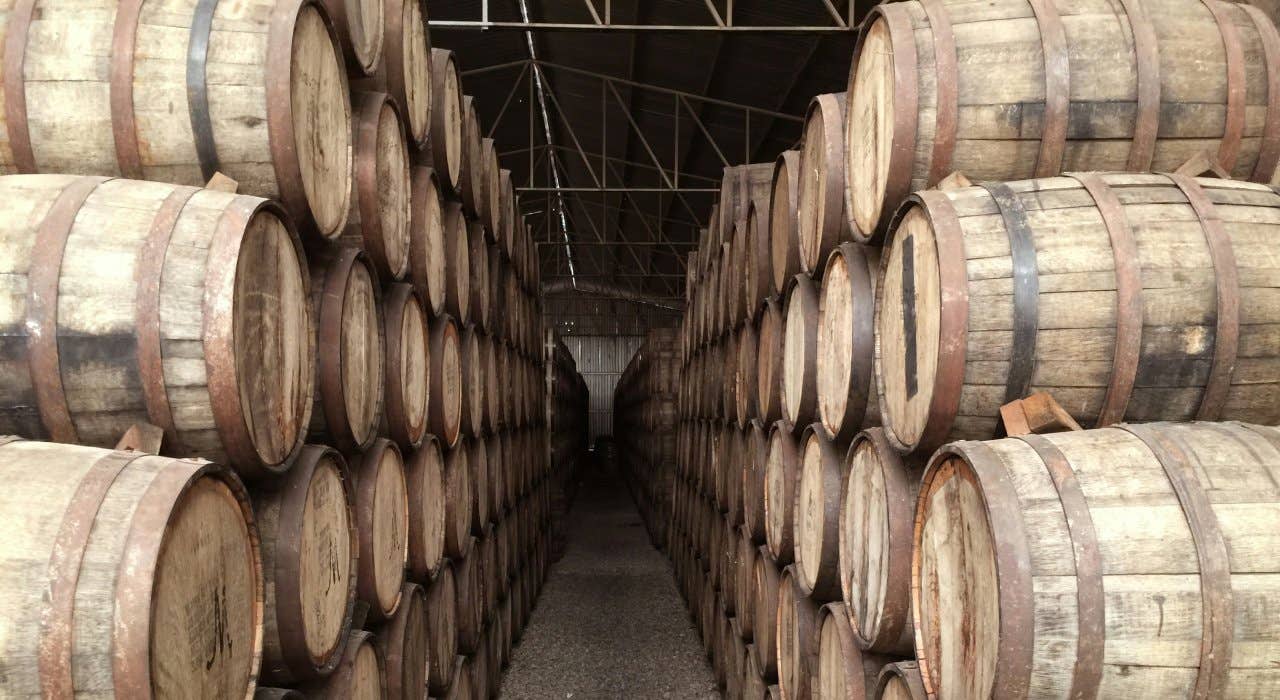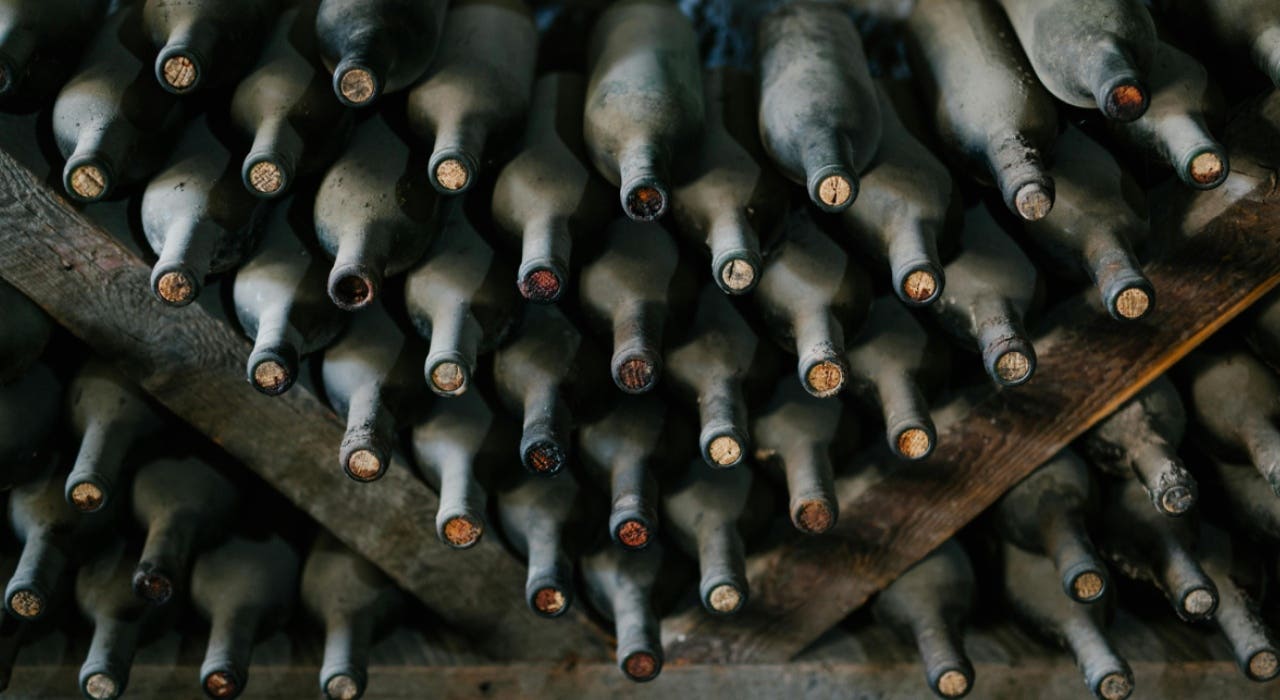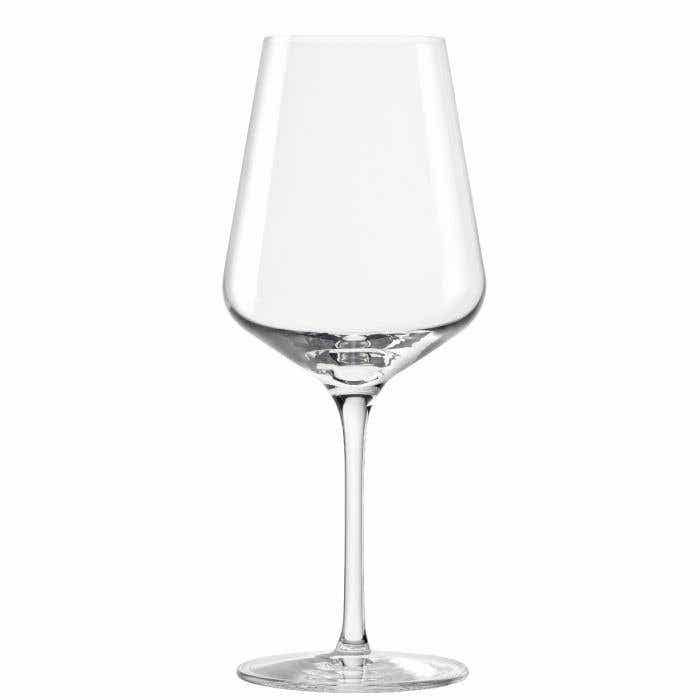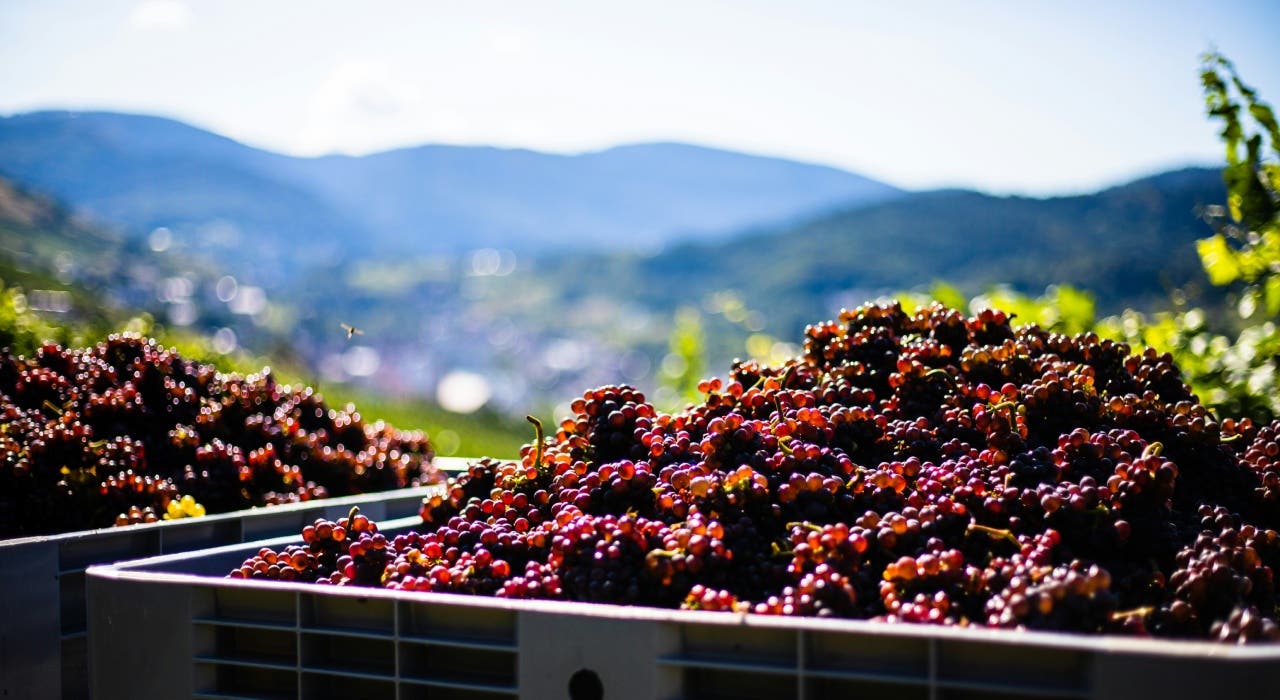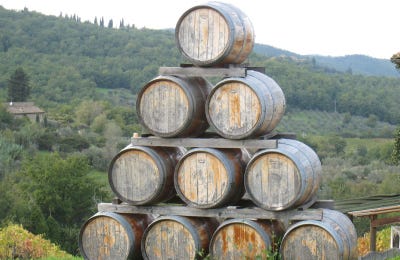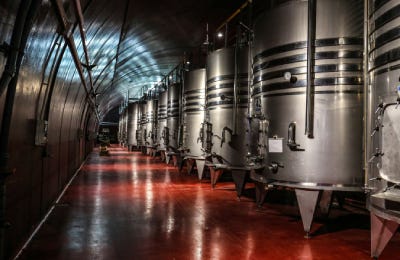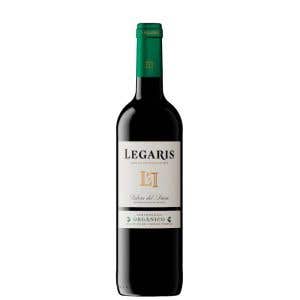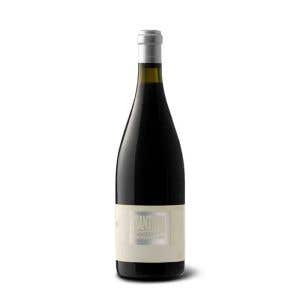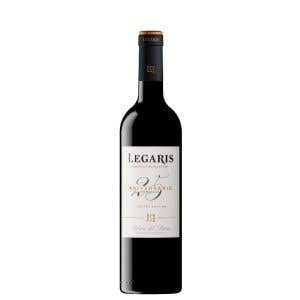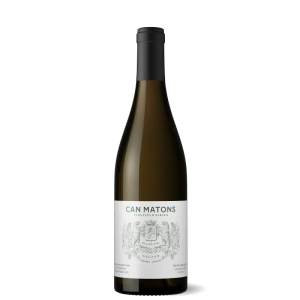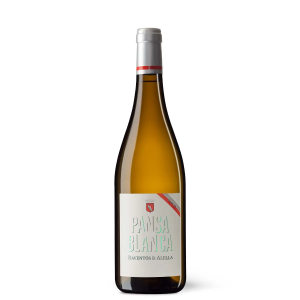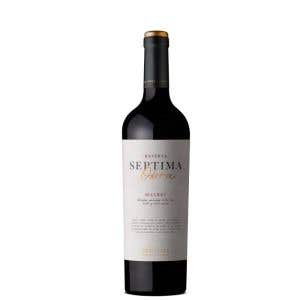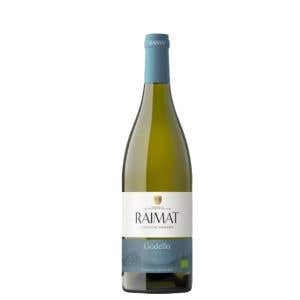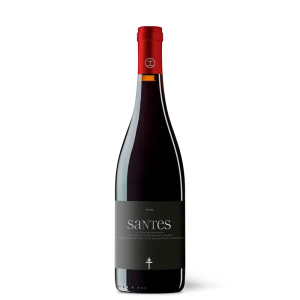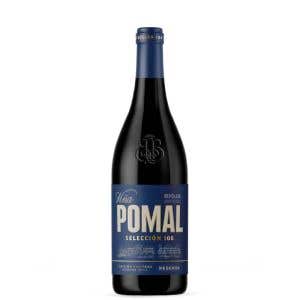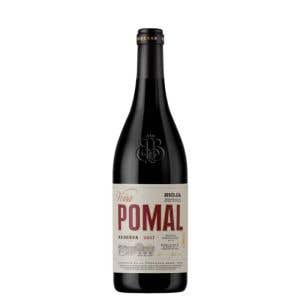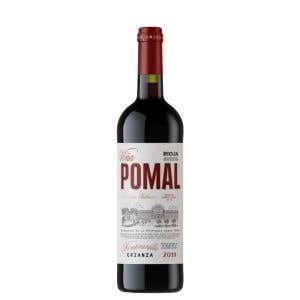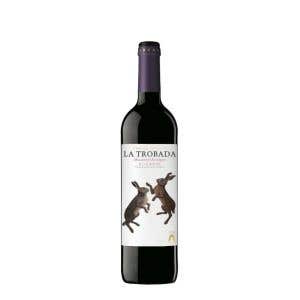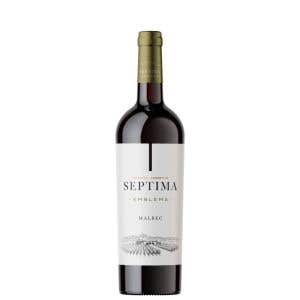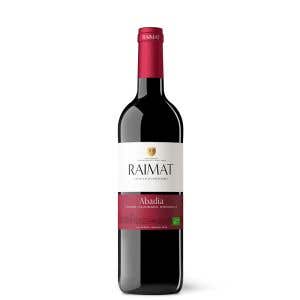How is wine racked?
Racking, an essential process in winemaking, is more than a simple transfer of liquid from one container to another. It requires skill, ability, precision, and meticulous attention to ensure that the final wine maintains the desired quality and expression. Its purpose is to separate the clear wine from the sediment that has settled at the bottom. As such, patience is key for allowing the wine to breathe while freeing it from impurities. Attention to detail is also important for creating a clear, clean, well-structured wine. We’ll explain how wine racking is performed in more detail below:
1 - Preparation of containers: Before starting the racking, these must be selected. These can be oak barrels, stainless-steel tanks, or any other suitable container. It is essential for these containers to be clean and sterilized to maintain the purity of the wine.
2 - Choosing the right time: Racking is generally performed after the alcoholic fermentation of the wine, when the solids—such skins, seeds, and dead yeast—settle on the bottom of the original container. The precision of this moment is essential for preserving the wine’s freshness and vitality.
3 - Careful extraction: The wine is extracted from the original container, ensuring that the sediment at the bottom is not disturbed. This is done carefully to avoid transferring unwanted solids to the new container. Smooth and controlled extraction is performed using pumps or siphons.
4 - Purification of the wine: During racking, the wine is purified, since the sediment is left behind. This step contributes to the wine’s clarity and stability, removing particles that could negatively affect its quality.
5 - Controlled oxygenation: By taking advantage of racking, the wine can be briefly oxygenated. This contact with oxygen can soften the tannins and improve the integration of the wine’s components.
How many times do you need to rack the wine?
Racking frequency depends on various factors, such as the type of wine and the desired characteristics. Some young wines require repeated racking to refine their profile, while others, like great reserve wines, benefit from longer aging in contact with their sediment. This additional racking can help further refine and clarify the wine.
The art of winemaking stems from understanding the specific needs of each variety and style, achieving an equilibrium which enhances the unique expression of each bottle. Some wineries, like ours, are lucky enough to have professionals who are responsible for knowing exactly when and how to carry out this process. As such, we can achieve prestigious wines with a taste that’s hard to forget.
Which phase of the moon is best for racking wine?
The connection between the moon and winemaking has been a subject of debate for centuries. Some winemakers argue that the moon influences the behavior of liquids, including wine. According to tradition, the descending moon promotes racking, as it is believed that gravity exerts stronger influence on the sediment.
Although science does not fully support this belief, many enologists continue to respect the phases of the moon in their practices, fusing modern science with ancestral knowledge. This way, they achieve red wines, white wines, and rosé wines of excellent quality.


